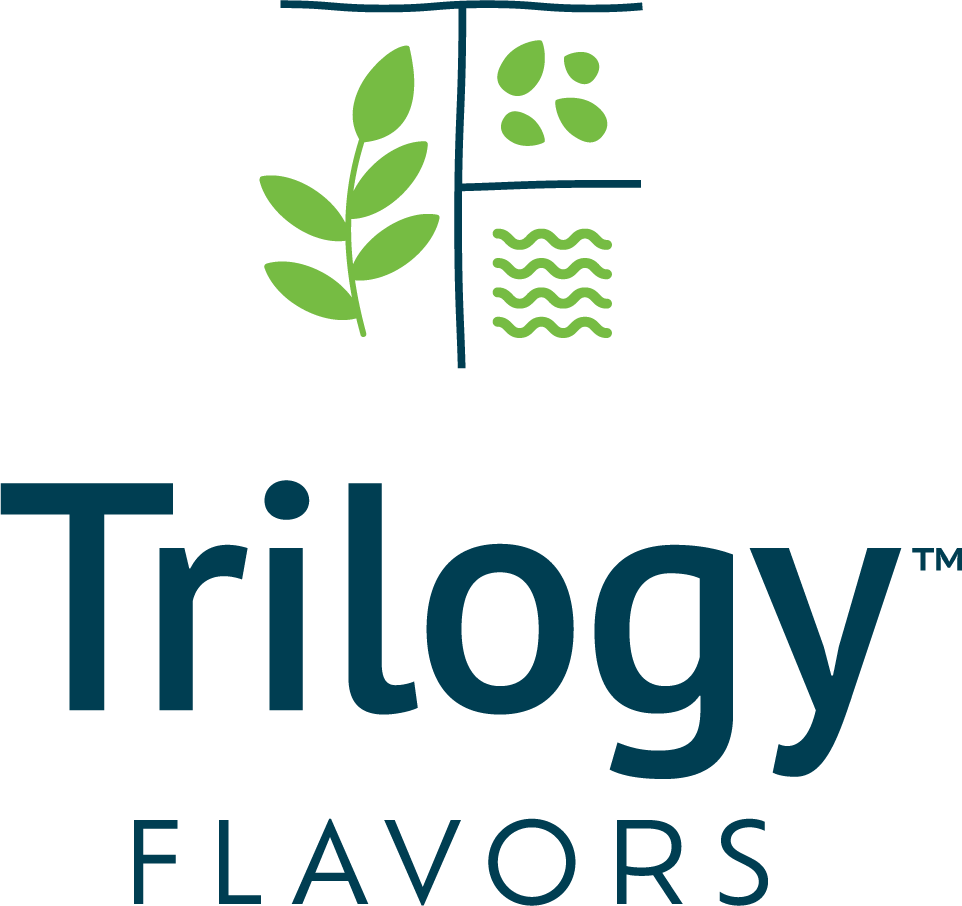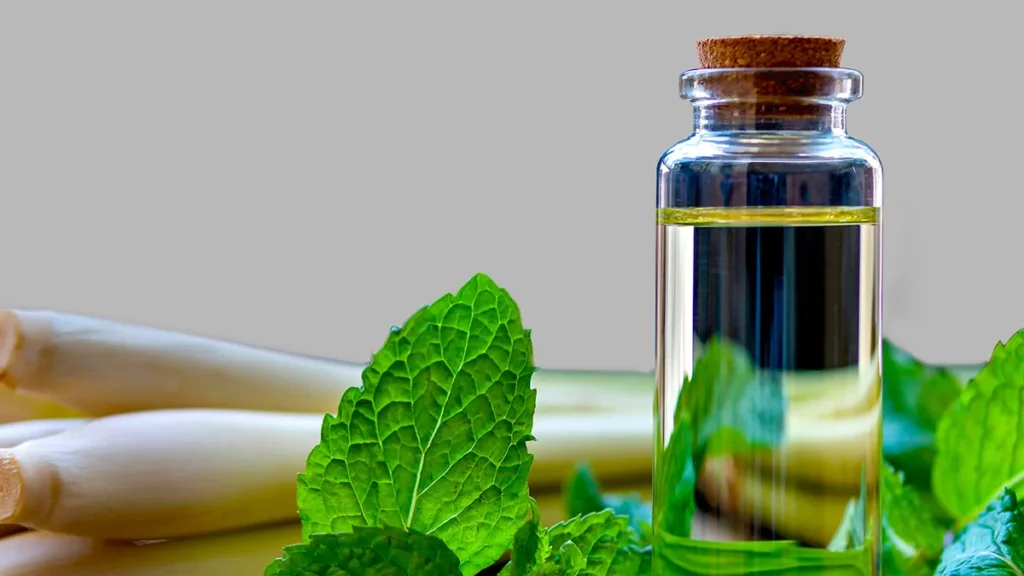The Art and Science Behind Global Flavor Creation
Today’s consumers are more adventurous than ever—craving bold, authentic dishes that reflect the vibrant diversity of global cultures. But for food and beverage manufacturers, delivering those true-to-origin tastes and authentic flavors for international cuisine at scale isn’t as simple as following a recipe.
From the tangy complexity of Thai curries to the smoky richness of Middle Eastern spice blends, international flavors have become everyday staples in kitchens, restaurants, and ready-made meals.
Creating authentic flavors for international cuisine requires more than just the right ingredients—it demands a deep understanding of how regional taste profiles are built, how they interact in different applications, and how to preserve their integrity from formulation to finished product. This is where science, creativity, and cultural respect converge.
At Trilogy Flavors, our scientists specialize in decoding the essence of global taste experiences and transforming them into natural flavor formulations, enhancers, and liquid seasonings that work across a wide range of food and beverage systems.
Whether it’s reimagining a traditional broth for plant-based soup or capturing the essence of a slow-roasted mole sauce for a frozen entrée, we’re proud to help brands bring authentic, high-performance flavors for international cuisine to market—efficiently, consistently, and with real culinary soul.
What Makes a Flavor ‘Authentic’?
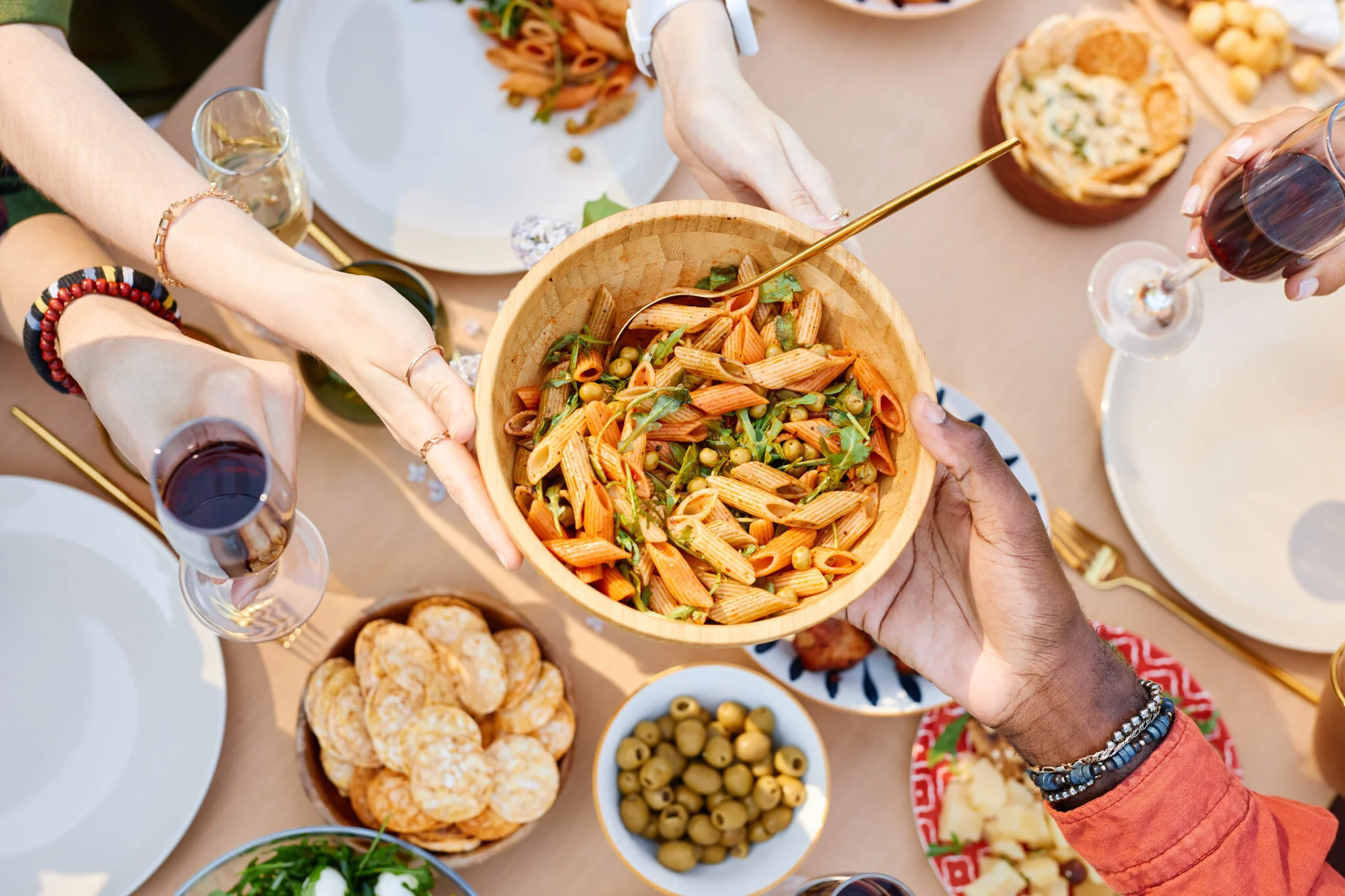
Authenticity in flavor isn’t just about matching a taste—it’s about capturing a story. Each international dish carries cultural significance, built on generations of technique, local ingredients, and sensory memory. For food and beverage manufacturers, replicating that experience means moving beyond basic flavor notes and into the realm of nuance.
Take, for example, the difference between a generic “spicy” profile and the layered heat of a Szechuan sauce, where floral peppercorns, garlic, fermented soy, and citrusy brightness all play their part. Or consider the earthy, toasted complexity in a true Mexican mole, where over 20 ingredients might be used to create a balanced depth. These aren’t just flavors—they’re culinary identities.
So what gives a flavor its authenticity? It often comes down to a careful combination of elements:
- Ingredient integrity – Sourcing or replicating the right building blocks, whether that’s tamarind for a South Indian curry or preserved lemon for Moroccan tagines.
- Flavor structure – Understanding how sweet, salty, sour, bitter, and umami interact in traditional recipes.
- Cooking method simulation – Using reaction flavors to mimic grilled, roasted, or fermented notes found in global cuisines.
- Sensory balance – Ensuring aroma, mouthfeel, and aftertaste align with regional expectations.
At Trilogy Flavors, we approach this challenge like culinary detectives—analyzing traditional dishes, identifying their defining components, and recreating them using natural ingredients and cutting-edge formulation techniques. The result? Scalable, consistent, and truly authentic flavors for international cuisine that don’t compromise on character.
Challenges in Creating Flavors for International Cuisine
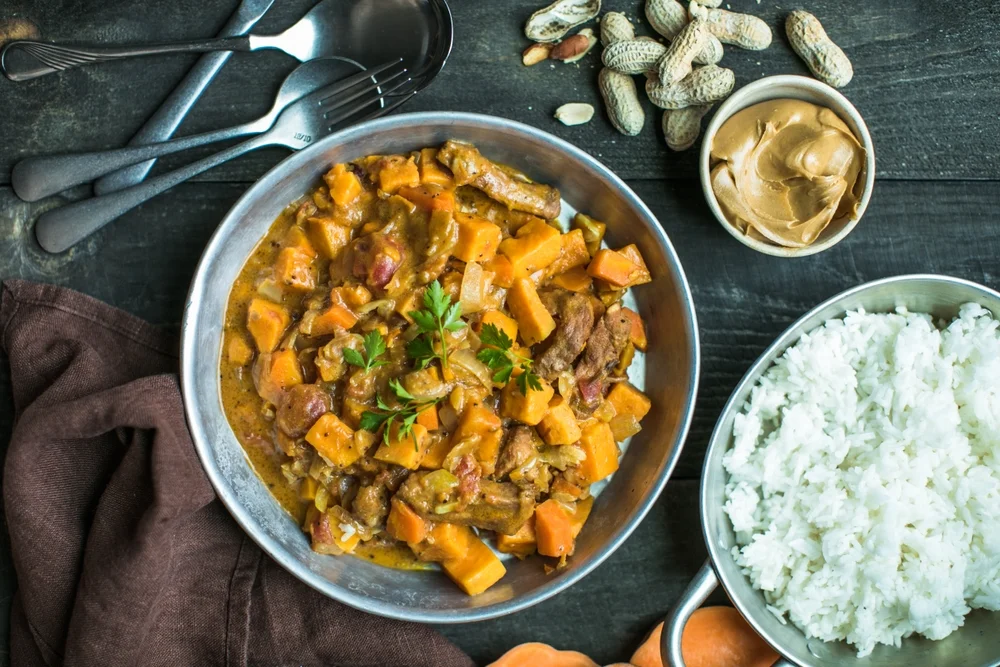
Recreating the flavors of a Tuscan tomato sauce or a West African peanut stew in a commercial product isn’t as easy as copying a home-cooked recipe. Food and beverage manufacturers face a unique set of challenges when trying to deliver authentic, stable, and scalable flavors for international cuisine.
Here are a few of the most common hurdles:
1. Ingredient Accessibility & Consistency
Many traditional recipes rely on region-specific ingredients that may be hard to source consistently, especially at scale. Even when available, the quality and flavor profile can vary significantly based on origin, season, and processing methods.
Trilogy’s solution: By using natural flavor formulations and enhancers that capture the essence of hard-to-source ingredients, our team helps brands maintain flavor authenticity without relying on inconsistent global supply chains.
2. Flavor Stability in Processing
Heat, pH changes, and storage conditions can degrade delicate flavor compounds—especially in international cuisines that involve layered aromatics or fermented components. This makes it difficult to preserve authenticity in frozen meals, shelf-stable sauces, or RTD beverages.
Trilogy’s approach: We formulate with application-specific performance in mind, ensuring that the flavor integrity holds up from processing to plate.
3. Navigating Global Regulations
What’s allowed in a seasoning blend in one country may be restricted in another. Manufacturers expanding internationally need to consider not just flavor, but compliance with regional labeling and ingredient regulations.
Trilogy’s edge: Our regulatory team works closely with clients to develop globally compliant flavors for international cuisine, reducing risk and time-to-market.
4. Cultural Accuracy vs. Market Adaptation
Sometimes, what tastes “authentic” to one audience may need adjusting for another. Balancing cultural authenticity with consumer expectations is a subtle art—especially when local palates differ.
Trilogy’s mindset: We collaborate with clients to find the right balance—honoring tradition while tailoring flavor profiles to suit different markets and formats.
Bringing authentic flavors for international cuisine to life is a complex process—but with the right partners, it’s entirely possible. Up next, we’ll look at how reaction flavors and natural enhancers play a crucial role in achieving that complexity.
Reaction Flavors and Natural Enhancers: Keys to Global Taste Profiles
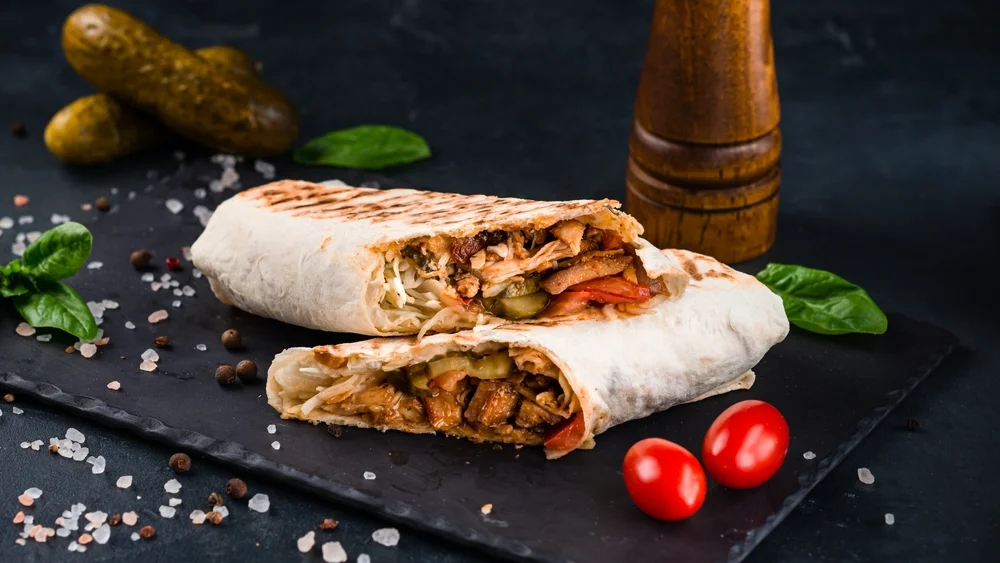
Authentic international cuisine isn’t just about ingredients—it’s about technique. The smoky char on grilled shawarma, the rich umami in a simmered miso broth, or the toasted spices in Indian curry—these deep, layered flavors come from specific cooking processes that can be hard to replicate in commercial production. That’s where reaction flavors and natural flavor enhancers come into play.
What Are Reaction Flavors?
Reaction flavors are created through controlled chemical processes like the Maillard reaction or caramelization—mimicking the flavor development that happens during cooking, roasting, or browning. These compounds can recreate everything from the meaty depth of a seared steak to the savory complexity of a braised stew.
In a West African-inspired sauce, for instance, a touch of smokiness and subtle caramelized onion flavor can turn a flat blend into a full-bodied, authentic-tasting product.
At Trilogy Flavors, we specialize in creating reaction flavors that deliver the sensory “finish” so many global dishes require—without the need for time- and cost-intensive cooking processes during manufacturing.
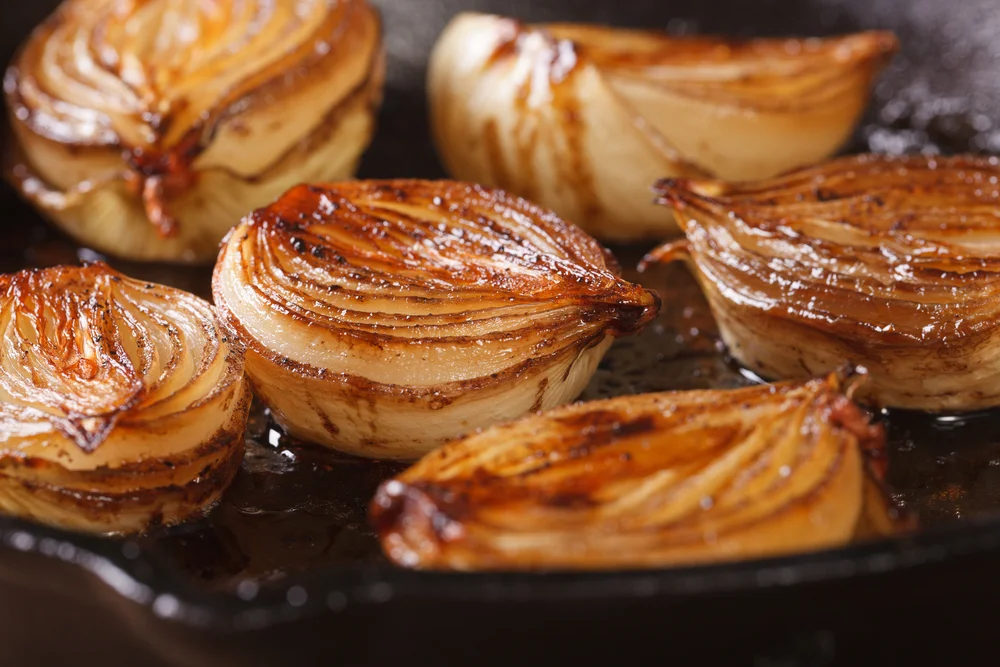
The Power of Natural Flavor Enhancers
International cuisines often rely on ingredients like fish sauce, fermented beans, aged cheeses, or roasted vegetables to bring depth and roundness to dishes. These components contribute to the elusive but essential quality known as kokumi—a richness or mouth-coating effect that makes food taste more complete.
Natural flavor enhancers help replicate that complexity while aligning with clean-label trends. Trilogy’s enhancers are designed to elevate key taste notes—whether it’s boosting the tang in a Mediterranean tomato blend or rounding out the umami in a Japanese ramen base.
Versatile Application Across Formats
These tools are especially valuable in challenging formats like:
- Plant-based meats seeking international flavor profiles
- Frozen meals where heat stability is critical
- Snack seasonings that need punchy, concentrated flavor
- RTD soups and broths requiring shelf-stable complexity
By using reaction flavors and natural enhancers strategically, manufacturers can capture the rich, cooked flavor experience that defines so many traditional dishes—making it possible to develop truly authentic, scalable flavors for international cuisine.
Tailored Formulation—Where Trilogy Flavors Makes the Difference

While off-the-shelf flavor solutions can be convenient, they rarely capture the nuance and soul of authentic international dishes. That’s why forward-thinking manufacturers partner with formulation experts like Trilogy Flavors—because creating true-to-origin flavors for international cuisine requires more than a formula. It requires fluency.
At Trilogy, we don’t just supply flavors—we co-create them.
A Collaborative, Culinary-Scientific Approach
Every international cuisine carries its own flavor logic—unique spice interactions, fermentation traditions, regional cooking methods, and cultural expectations. Our team of flavor scientists and culinary specialists works closely with manufacturers to decode these patterns and design tailored solutions that reflect the intended experience.
Whether it’s a bold harissa profile that blends earthiness, heat, and smokiness, for a frozen entrée or a subtle citrusy yuzu accent in a ready-to-drink beverage, we fine-tune every layer to match the authentic taste consumers expect.
Fictional but Feasible: How Trilogy Delivers the Details
Here’s how our process brings flavors for international cuisine to life across categories:
- Moroccan Lentil Soup, Plant-Based & Pantry-Stable
A customer needed a North African profile that would hold up in ambient storage. We formulated a rich, spiced base with cumin-forward warmth, balanced with natural citrus top notes and savory enhancers to mimic long-simmered depth. - Southeast Asian Noodle Broth for Foodservice
The challenge: replicating street-food authenticity in a high-volume format. We used layered reaction flavors to simulate roasted garlic, fish sauce, and lemongrass, while ensuring clarity and solubility in hot-serve applications. - Latin-Inspired Chip Seasoning for Snacks
A snack brand sought a chili-lime seasoning that didn’t taste flat or overly synthetic. We delivered a natural liquid seasoning blend with tangy brightness, umami undertones, and a lingering pepper warmth—all without added MSG.
Designed for Performance Across Systems
Our custom formulations aren’t just flavorful—they’re designed for function. Trilogy considers all technical factors, including:
- Processing temperatures
- Shelf-life targets
- Ingredient declarations
- Regulatory compliance
- Cost-in-use optimization
With this level of precision, we help brands transform culinary vision into consumer-ready products—no matter the scale or format.
Future Trends in Flavors for International Cuisine
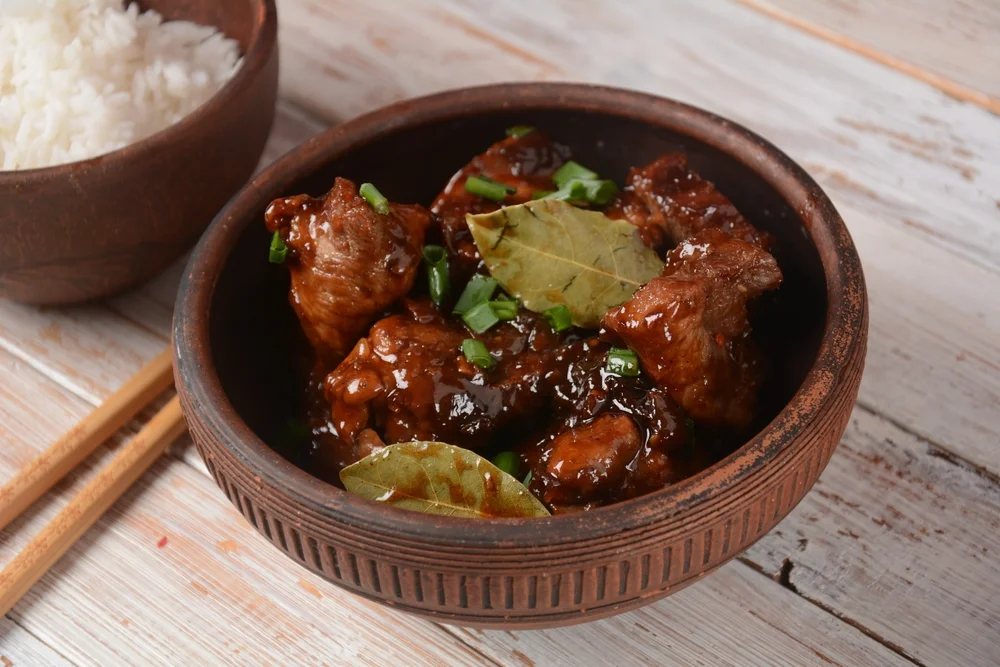
The global flavor landscape is constantly evolving. As consumer palates become more adventurous and culturally aware, the definition of “authentic” continues to expand—opening exciting opportunities for brands that can keep up with the pace of change. Here are some of the key trends shaping the future of flavors for international cuisine:
1. Hyper-Regional Exploration
It’s no longer just about “Asian” or “Latin” cuisine. Consumers are now seeking the specificity of juicy, sticky Filipino adobo, the tender chicken marinated in a blend of zesty lemon, spices, and mustard of the Senegalese yassa, or Oaxacan mole that incorporates Indigenous Mexican, European, and even the Middle Eastern influences.
They want to taste the difference between Northern and Southern Indian curries—or between Japanese ramen styles.
For manufacturers, this shift means deeper research, more precise formulation—and a flavor partner that understands the subtle details.
2. Clean Labels, Complex Profiles
The demand for natural, recognizable ingredients continues to rise. But clean label doesn’t mean bland—especially when it comes to international dishes known for their richness and intensity.
Trilogy’s natural flavor enhancers and clean-label solutions are designed to meet these expectations while preserving cultural authenticity.
Additional Reading: Trends in Clean Label Flavor Solutions
3. Plant-Based, Globally Inspired
Plant-based products are increasingly drawing on international cuisines to offer variety and depth. Think Thai jackfruit curry, Moroccan chickpea wraps, or Korean barbecue tofu. These products rely on bold, authentic seasoning to deliver satisfaction without meat.
Trilogy helps bridge that gap with reaction flavors and custom blends that bring out savory, cooked complexity.
Additional Reading: How the Plant-Based Revolution is Shaping Flavor Development
4. Tech-Driven Taste Development
Advances in flavor mapping, AI-assisted sensory analysis, and precision fermentation are unlocking new ways to replicate global flavors with consistency and speed.
As technology reshapes formulation science, Trilogy continues to invest in innovative tools to support smarter, faster flavor development.
Additional Reading: AI in Flavor Development: A New Era of Innovation
5. Culinary-Driven Snacking
International flavor profiles are finding their way into snacks, condiments, and convenience foods—think spicy Korean gochujang popcorn, tangy, sour, nutty tasting za’atar crackers, or chunky tamarind dipping sauces. These craveable formats require punchy, well-balanced seasonings that capture the essence of the original cuisine in just a few bites.
Trilogy’s liquid and dry seasonings are built to deliver bold impact in compact formats—without overwhelming or artificial aftertaste.
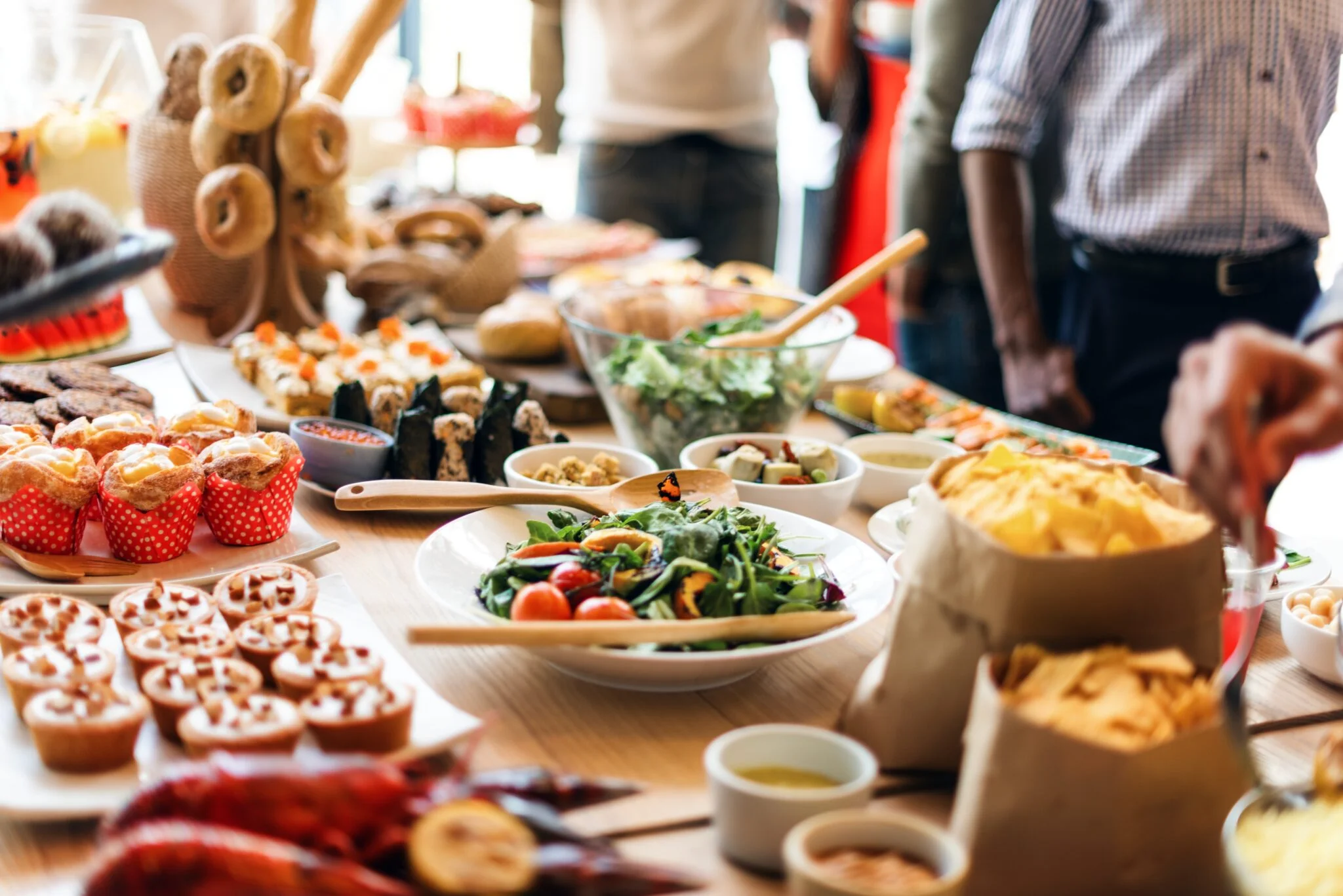
Whether it’s tapping into rising global regions, aligning with wellness trends, or pushing the boundaries of food science, the future of flavors for international cuisine is full of opportunity—and we’re here for it.
Additional Reading: Global Flavor Influences: What’s Driving Fusion Cuisine?
Conclusion: Bringing the World to the Table, One Flavor at a Time
In a globalized food landscape, authenticity isn’t optional—it’s expected. Consumers want to be transported by the dishes they eat, whether they’re sipping a Vietnamese-inspired broth or snacking on North African-spiced chips. But creating truly authentic flavors for international cuisine takes more than trend-spotting—it demands scientific precision, cultural insight, and technical agility.
That’s exactly what Trilogy Flavors delivers.
Our team is passionate about helping brands navigate the complexity of global taste profiles with smart, natural flavor solutions that perform across every application. From custom reaction flavors to clean-label enhancers, we’re proud to support food and beverage innovators in bringing the world’s most exciting flavors to life—authentically, consistently, and at scale.
Looking to develop your next globally inspired product?
Talk with us. Let’s collaborate to craft flavors for international cuisine that tell a story.
